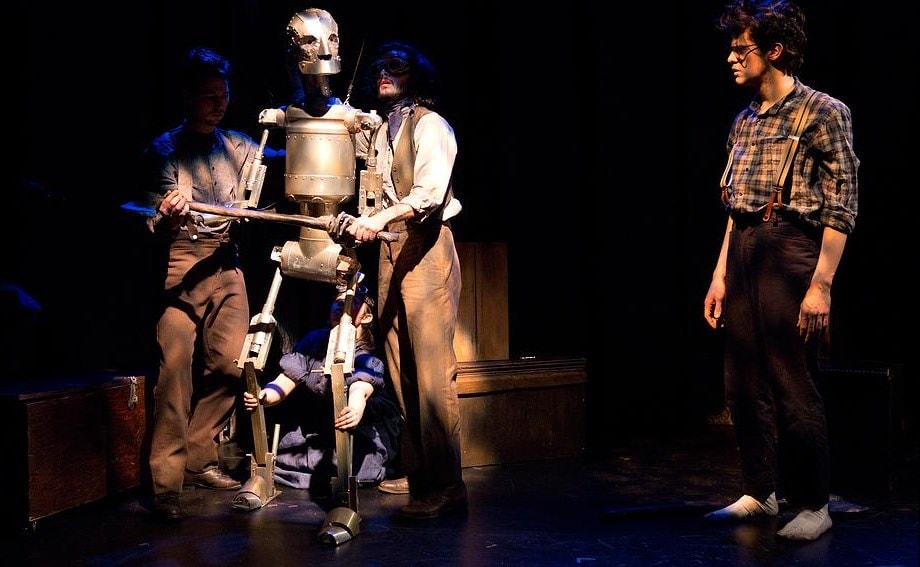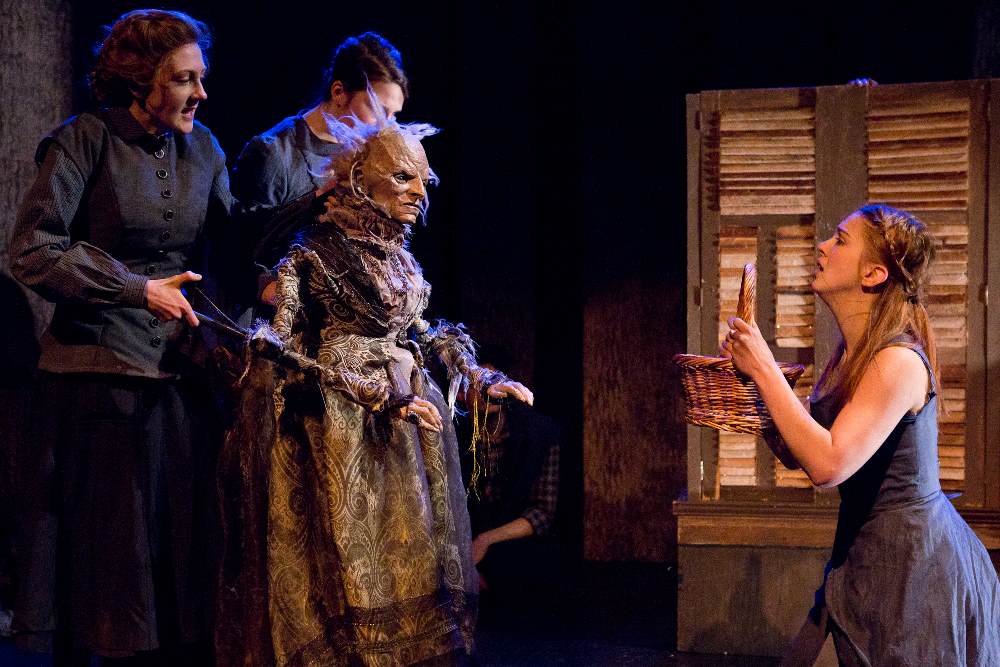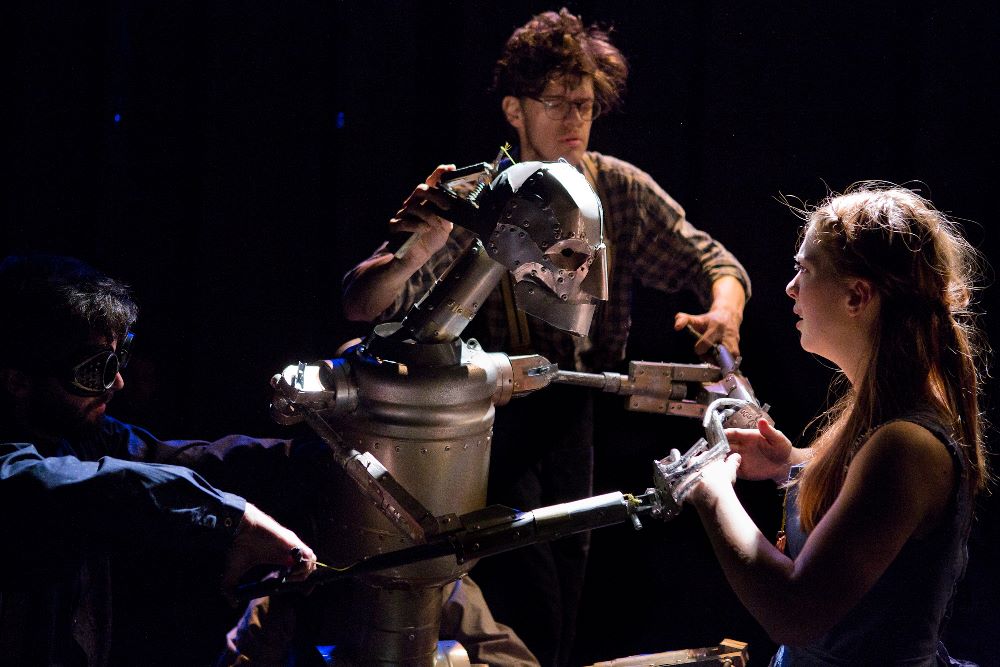NEW YORK CITY: When actor and puppeteer James Ortiz was a boy, one of the first books that was read to him was L. Frank Baum’s classic The Wonderful Wizard of Oz. And there was one character in particular who stood out: The Tin Man, and his tender need for a heart.
“In the book, everyone else just says what they want, but the Tin Man really feels it,” Ortiz says. “The Tin Man actually feels heartless, so he really does haunt the book.”
Ortiz’s fascination with that character inspired the actor to create and direct his own Oz prequel, The Woodsman, with his theatre company Strangemen & Company (which he co-founded in 2010 while studying at the State University of New York–Purchase).
Unlike its Broadway cousin Wicked, The Woodsman is more rooted and loyal to its source material. While Wicked is a revisionist account of the events pre-dating Oz, Woodsman is based on one paragraph from Baum’s novel that relayed the backstory of the Tin Man, who was once a human named Nick Chopper.
Woodsman expands that paragraph into a 60-minute show. Ortiz’s version (in which he plays Nick) delves deeper into Nick’s life, his love affair with the Wicked Witch of the East’s slave girl, Nimmee (played by Eliza Simpson), and the way that love (plus an enchanted ax) causes him to lose his heart and become the Tin Man. Woodsman is currently playing a return engagement through Feb. 22nd at 59E59 Theaters, where it originally ran last spring.

Instead of having spoken dialogue, Woodsman uses bunraku puppets and a haunting violin score to tell the story. The puppets are each maneuvered by multiple cast members, who cue each other with heaving breathing, animal sounds or clapping. These sounds serve as the background noise throughout the show so no additional dialogue is really needed.
Multiple puppets are used in Woodsman, including a half-bear, half-lion (not the cowardly one). But the two with the most stage time are the Tin Man and the witch. Creating the Tin Man was the first time that Ortiz ever worked with metal; the character is made not out of tin but aluminum. Ortiz thinks of the Tin Man as one of the first robots in literature, so he has a machine-like appearance, with separate detachable arms, legs and head that come together at a pivotal point in the show.
“In theatre, you have to tell the audience what you are feeling, and since the show is silent, the puppets have to show that,” explains Ortiz. “The Tin Man is all hollow on the inside, so we had to figure out how to do that in a puppet.” It helps that when Nick fully becomes the Tin Man, it is Ortiz at the forefront, operating the puppet’s head and right arm.

The Wicked Witch of the East, on the other hand, was more fun to do because she was a more original creation. At first, Ortiz and his fellow puppeteers tried to find images of the witch in the original Oz books, but could only find one (if you don’t count the iconic image of her feet sticking out of Dorothy’s house from the 1939 film).
“We couldn’t find any photos of the witch in the books, so she looks how people think witches from other stories look like,” says Ortiz. In Woodsman, the witch comes complete with billowing cloak and scraggly hair; she also flies around during the show, on the arms of her two puppeteers. To give those creations an additional puppet seal of approval, Woodsman was created with the help of a Jim Henson Foundation project grant.
For Ortiz, getting to both literally create and play a character that was so iconic to him was a rewarding experience, but not without its challenges. If he had to do it all over again, he may not choose wear the four hats of director, creator, actorand puppeteer.
“Being so many different things is really challenging because you have to know which hat to wear at any moment, and sometimes you just have to sleep,” says Ortiz. “But I feel like this material is overlooked sometimes, so the show is really a way to dig deeper into what the [Tin Man’s] story is actually about.”
Anyone who had a heart can understand that.





